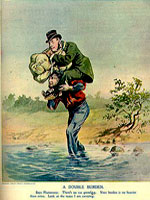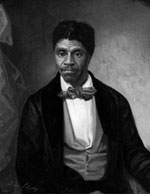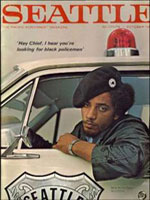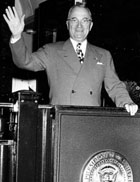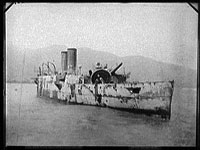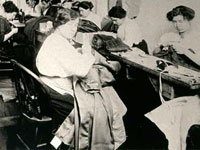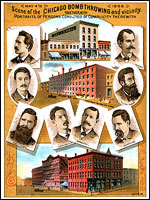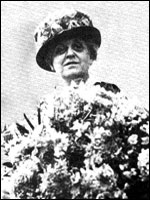Slaves and the Courts, 1740-1860
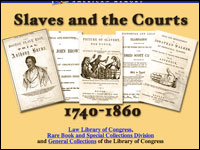
More than 100 published materials on legal aspects of slavery are available on this website. These include 8,700 pages of court decisions and arguments, reports, proceedings, journals, and a letter. Most of the pamphlets and books pertain to American cases in the 19th century. Additional documents address the slave trade, slave codes, the Fugitive Slave Law, and slave insurrections as well as presenting courtroom proceedings from famous trials such as the 18th-century Somerset v. Stewart case in England, the Amistad case, the Denmark Vesey conspiracy trial, and trials of noted abolitionists John Brown and William Lloyd Garrison. A special presentation discusses the slave code in the District of Columbia. Searchable by keyword, subject, author, and title, this site is valuable for studying legal history, African American history, and 19th-century American history.

